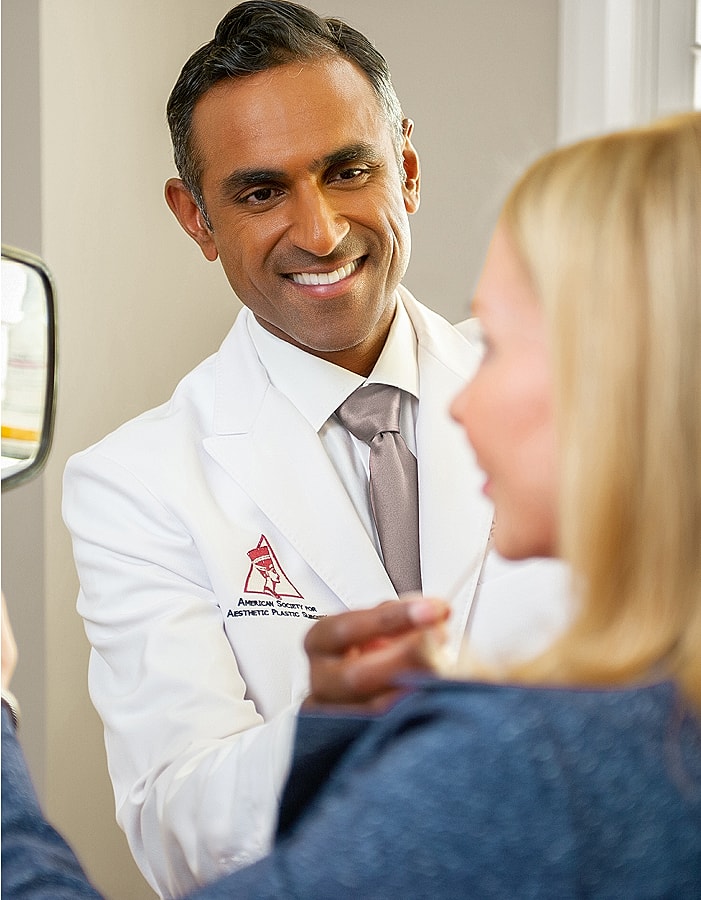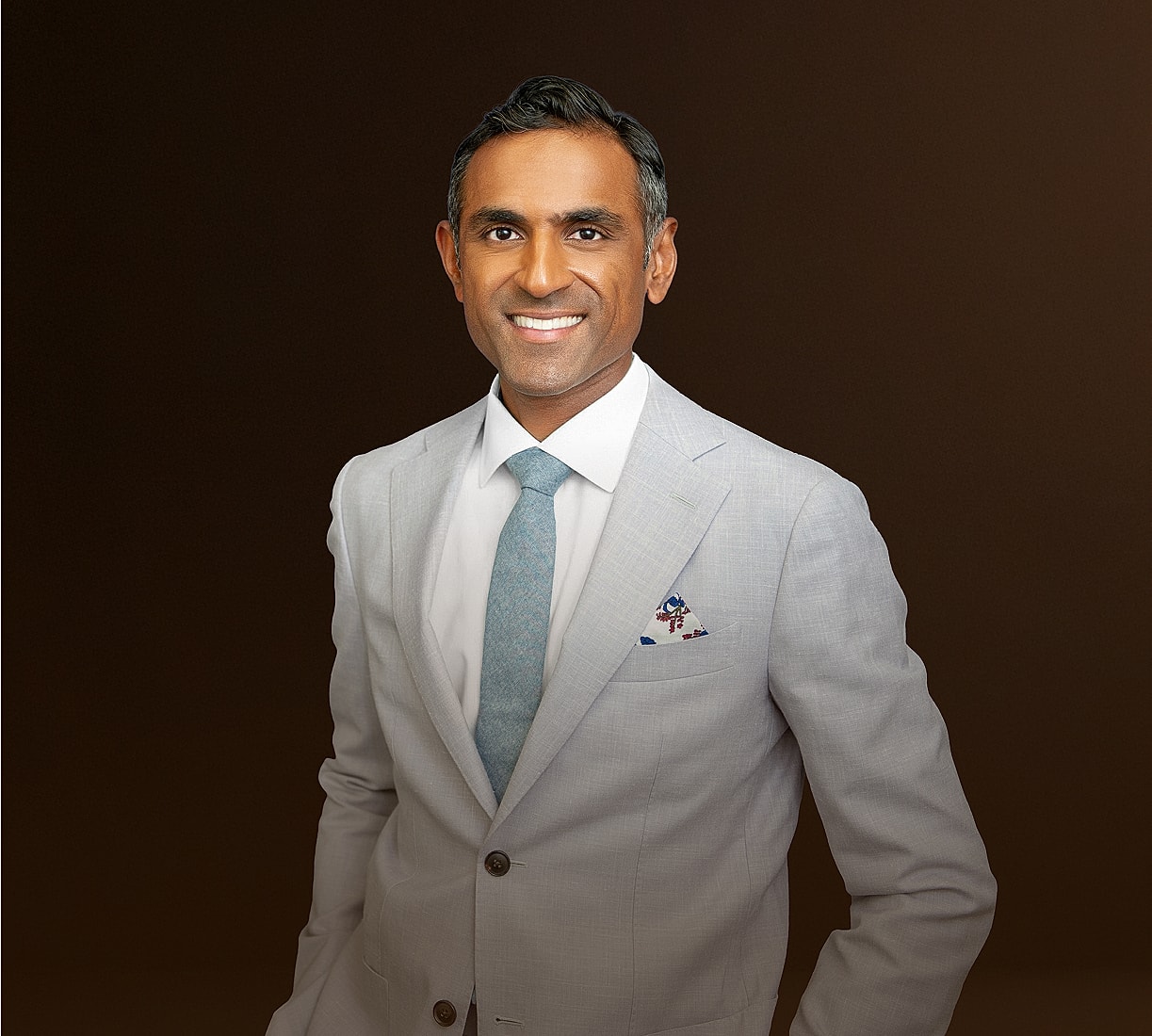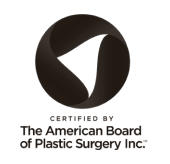
Breast Implants in Tampa & St. Petersburg
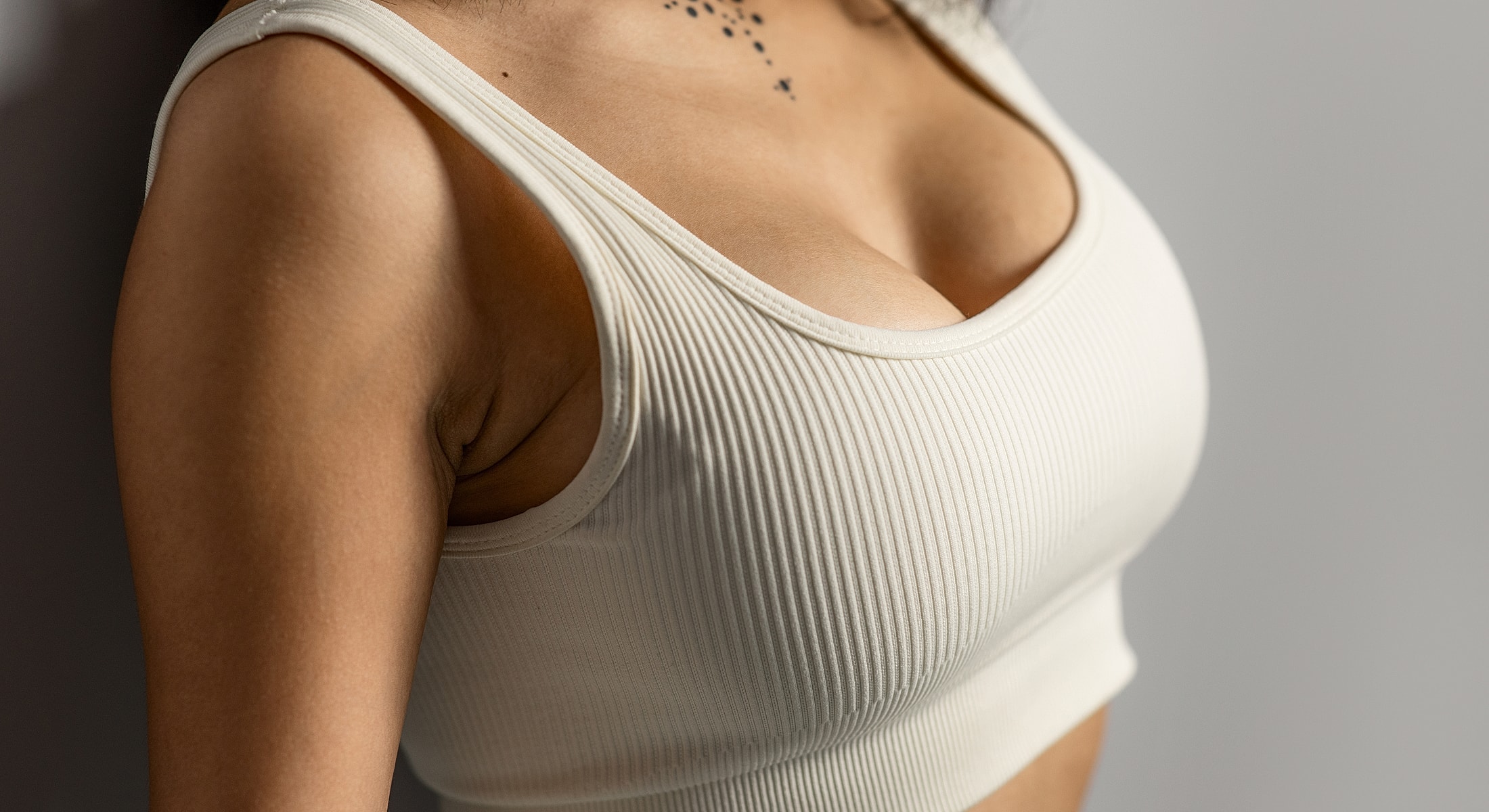



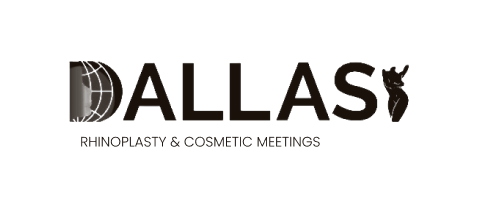


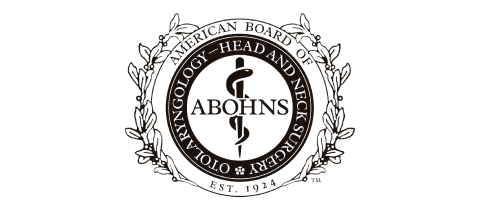









Whether you’re seeking a fuller breast shape, revision after breast implant rupture, or reconstructive breast surgery following breast cancer mastectomy, breast implants offer tailored options.
As an experienced plastic surgeon, Dr. Narasimhan guides you through breast augmentation surgery and breast reconstruction with clarity and personalized care. Your procedure will be fully customized to your goals, using saline-filled implants or silicone breast implants to help you achieve your specific vision for your results.

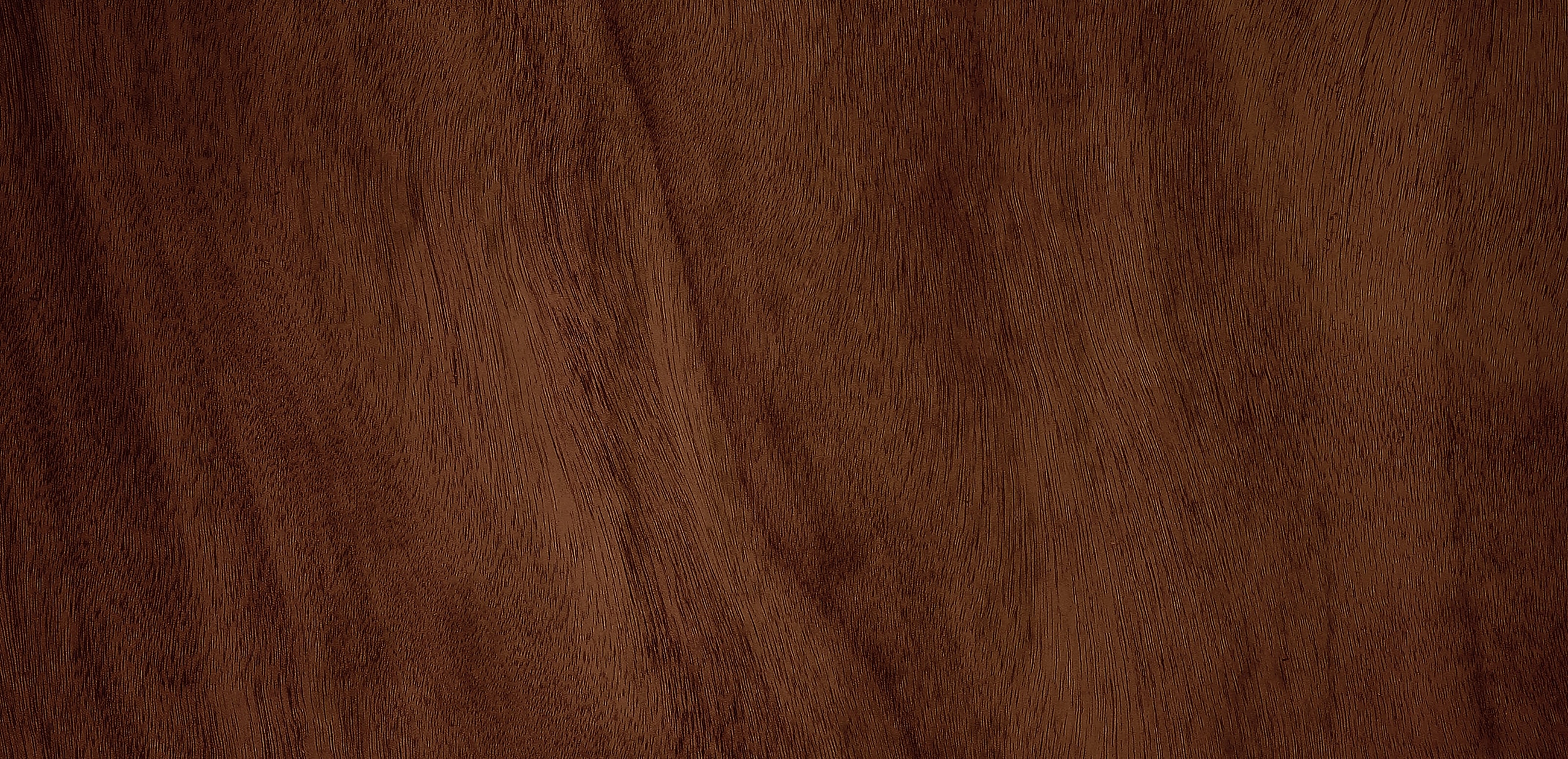
1 of 38
Breast implants are medical devices placed under the breast tissue or chest muscles to enhance breast size, restore shape, or reconstruct the breast after mastectomy. They are used in both cosmetic breast augmentation (augmentation mammoplasty) and reconstructive breast surgery to improve volume, symmetry, and overall contour.
Patients can choose their breast implants from a variety of materials, sizes, shapes, textures, and profiles for a fully personalized breast augmentation procedure.
Breast implants may be used in first-time breast augmentation, revision of a previous breast surgery, or post-breast cancer reconstruction. The ultimate purpose of breast augmentation or breast reconstruction is to help patients feel more confident and comfortable in their bodies, whether that means a subtle enhancement or a more pronounced increase in breast size.
In the United States, women considering breast implants have two main options when it comes to fill material: saline and silicone. Both types come with their own set of benefits, and Dr. Narasimhan will help you decide which breast implant type is best for your body and your aesthetic goals.
Saline breast implants are filled with a sterile saline (saltwater) solution. Saline implants are inserted and positioned while empty and filled once they’re in place. This allows surgeons to use a smaller incision, resulting in a less visible scar. In the unlikely event of a rupture, the saline filling is naturally absorbed by the body. Saline implants are available to patients who are 18 and older.
Silicone gel breast implants, including soft silicone implants and cohesive "gummy bear breast implants," mimic natural breast tissue and maintain their shape. FDA-approved silicone gel-filled implants require MRI monitoring for the detection of leaks or silent ruptures. Many people believe that silicone implants offer a more natural appearance and texture. Because silicone implants come prefilled, they generally require longer incisions. However, silicone implants carry less risk of folding or rippling. In the event of rupture, the silicone gel will remain within the breast capsule. Silicone implants are approved for patients 22 and older.

For cosmetic breast augmentation or reconstructive breast surgery, Dr. Narasimhan helps you plan your procedure by evaluating your amount of natural breast tissue, your desired breast size, your body proportions, and your cosmetic goals. Revision surgery—whether for capsular contracture, scar tissue, or implant rupture—helps restore comfort and shape. Breast implant exchange or implant removal are common after complications or lifestyle changes.
While dissatisfaction with breast size is the primary motivator for breast augmentation surgery, most women don’t pursue extreme transformations. Rather, most want breast implants that look natural. They still want to look like themselves, just enhanced.
Breast implants are measured in cubic centimeters (cc), rather than by cup sizes. As many women know, bra cup sizes often vary drastically from brand to brand, making them an unreliable way to measure breast implants. Measuring implants in cubic centimeters enables more precise results. At your consultation, Dr. Narasimhan will show you sample breast implants in different sizes so you can get a better understanding of what size looks best on your body.
It’s a good idea to look at photos of celebrities or others to find inspiration for your own breast augmentation, but keep in mind that everyone’s body is different. One patient’s “too big” may be another’s “just right.” Dr. Narasimhan encourages all prospective patients to take plenty of time to decide which size is right for their breast augmentation procedure.
Your own anatomy, coupled with the size and type of breast implants you choose, will mainly determine the location of your incision. Dr. Narasimhan uses several different types of incisions, but the two most common are the inframammary incision and the periareolar incision.
Inframammary incisions are made along the crease where the breast meets the torso. This location allows the surgeon a great degree of control during the surgery. Though all surgical incisions will leave some scarring, the discreet location of this incision makes it invisible in most types of clothing and swimwear. Because this incision does not affect the nipple, many women are still able to breastfeed after undergoing a breast augmentation with an inframammary incision.
Periareolar incisions are made around the areola, which is the area of dark skin surrounding the nipple. In general, this incision works best on women with larger areolas, though it may be appropriate for women with smaller areolas who choose saline implants. Because this incision follows the natural curve of the areola, the resulting scar blends in nearly seamlessly with the patient’s skin.
Depending on the specifications of your breast implant surgery, other incisions may be appropriate. At your consultation, Dr. Narasimhan will evaluate your goals and help develop a surgical plan that safely and effectively creates your desired results.
Breast implants offer more than just an increase in size. They restore balance, improve symmetry, and give a fuller breast size that better complements your body’s proportions.
For many women, breast implants can help correct uneven volume, restore breast shape after pregnancy or weight loss, or rebuild confidence after breast cancer treatment or mastectomy.
You’ll also have full control over your aesthetic outcome, including your breast implant size, shape, and material. Silicone breast implants offer a soft, natural feel, while saline breast implants provide peace of mind with flexible sizing and easy rupture detection. Whether your goal is subtle enhancement or a more dramatic change, breast augmentation surgery is always tailored to your lifestyle and vision.
You may be a good candidate for breast implant surgery if you are in good health, have realistic expectations, and want to enhance your breast size or shape. Ideal patients include those who have naturally small breasts, lost volume after pregnancy or weight loss, or desire reconstruction after breast cancer mastectomy.
Patients with certain autoimmune diseases may need additional screening and discussion with their plastic surgeon. Breast implant surgery is not recommended during pregnancy, active breast infections, or if you are currently undergoing cancer treatment. Dr. Narasimhan will carefully evaluate your medical history to ensure that breast implant surgery is a safe option for you.

Most patients receiving breast implants can return to light activity within a week. However, full recovery typically takes several weeks. You’ll go home the same day of surgery with detailed care instructions and follow-up visits scheduled. Swelling, soreness, and mild pressure are normal, especially when breast implants are placed under the chest muscles.
Strenuous activity should be avoided for at least four to six weeks, and follow-up appointments are essential to monitor healing and detect rare complications, such as capsular contracture or implant malposition. Patients receiving silicone gel-filled breast implants may also be advised to get periodic MRIs to check for silent breast implant rupture.

Dr. Narasimhan reminds his patients that cosmetic surgery is still surgery, and it’s important to do your homework so you can achieve your aesthetic goals.
The first step to ensure a successful breast lift is to choose a qualified, board-certified plastic surgeon, such as Dr. Narasimhan. Follow his specific instructions for the care of your breasts after surgery, and you should be able to enjoy your results for many years to come.
Allowing a full week for rest after your breast lift surgery will allow your body time to replenish its energy. Most patients will wear a gauze wrap over their breasts for 2 days after surgery and will also be fitted with a surgical support bra. Dr. Narasimhan recommends limiting exercise and strenuous activity in the 3 to 4 weeks following your surgery.

Dr. Narasimhan is a double board-certified plastic surgeon with deep expertise in breast implant surgery, revision surgery, and breast reconstruction. He blends innovative techniques with careful attention to aesthetic harmony to shape results that look and feel authentic to you. In St. Petersburg and the Tampa area, women considering breast augmentation have many options when it comes to breast implants. Decisions regarding size, shape, and breast implant material are all important considerations. Although double board-certified plastic surgeon Dr. Kailash Narasimhan can recommend the options that are best for you based on your body and your desired outcome, the decision is ultimately yours.
Are you ready to discover how breast implants in Tampa can enhance your look? Request a consultation with Dr. Narasimhan using our online form or call our office at (727) 289-7119
Dr. Narasimhan’s passion for plastic surgery is evident in his impressive credentials, which include:
American Board of Plastic Surgery and American Board of Otolaryngology (Head & Neck Surgery)
Guest faculty at internationally renowned cosmetic surgery meetings, such as the Dallas Cosmetic Symposium
Saline and silicone breast implants last 10–15 years or more. Ongoing follow-up, including routine exams and, in some cases, an MRI, is recommended to monitor your implants' condition. Staying aware of breast implant complications like breast pain caused by capsular contracture or implant rupture is important. If needed, revision surgery or breast implant exchange can be performed to update your breast size or address aging implants. With thoughtful planning and expert care, most patients enjoy long-lasting, satisfying results from their breast augmentation surgery.
Silicone gel breast implants tend to feel more like natural breasts and are less likely to ripple. Saline-filled breast implants offer flexible sizing and immediate awareness in case of rupture, as the body safely absorbs the sterile salt water.
If your breasts sag or your nipples sit low, combining a breast lift with breast implants ensures a shapely, lifted appearance and may prevent the need for revision later.
In the first few weeks, breast implants may feel firm or slightly high on the chest as the breast tissues adjust. Over time, they settle into a softer, more natural position and feel, especially silicone gel implants which closely mimic natural breast tissue.
Yes, both saline breast implants and silicone breast implants are FDA-approved and widely used. Regular monitoring, especially with silicone implants, helps ensure long-term safety and security. Complications are rare but may include capsular contracture or implant rupture over time.
The relationship between breast implants and autoimmune or connective tissue diseases remains inconclusive. The FDA monitors ongoing data, and patients with pre-existing immune conditions should discuss individual risks with their plastic surgeon.
Breast implant illness (BII) is a term some patients use to describe a range of symptoms, such as fatigue, joint pain, memory issues, or skin problems, that they believe are linked to their breast implants. While research is ongoing and no clear diagnostic criteria exist, some patients experience improvement in symptoms after implant removal. If you're concerned about BII, a thorough consultation can help explore your options and rule out other causes.
There is no evidence that silicone or saline breast implants increase the risk of breast cancer. However, textured implants have been associated with a rare condition called breast implant-associated anaplastic large cell lymphoma (BIA-ALCL), which Dr. Narasimhan discusses with patients as part of informed consent.
Most patients with breast implants can successfully breastfeed, especially when implants are placed under the muscle and away from milk ducts. Breast implant placement technique and individual anatomy both play a role. You should discuss any future plans to breastfeed with Dr. Narasimhan at your consultation.
Textured breast implants offer more stability in placement but carry a rare risk of breast implant-associated anaplastic large cell lymphoma (BIA-ALCL). Smooth-surfaced implants may shift more easily but have a lower associated lymphoma risk.
Learn More
Learn More
Learn More
Learn More
Learn More
Learn More
Learn More
Learn More
Learn More
